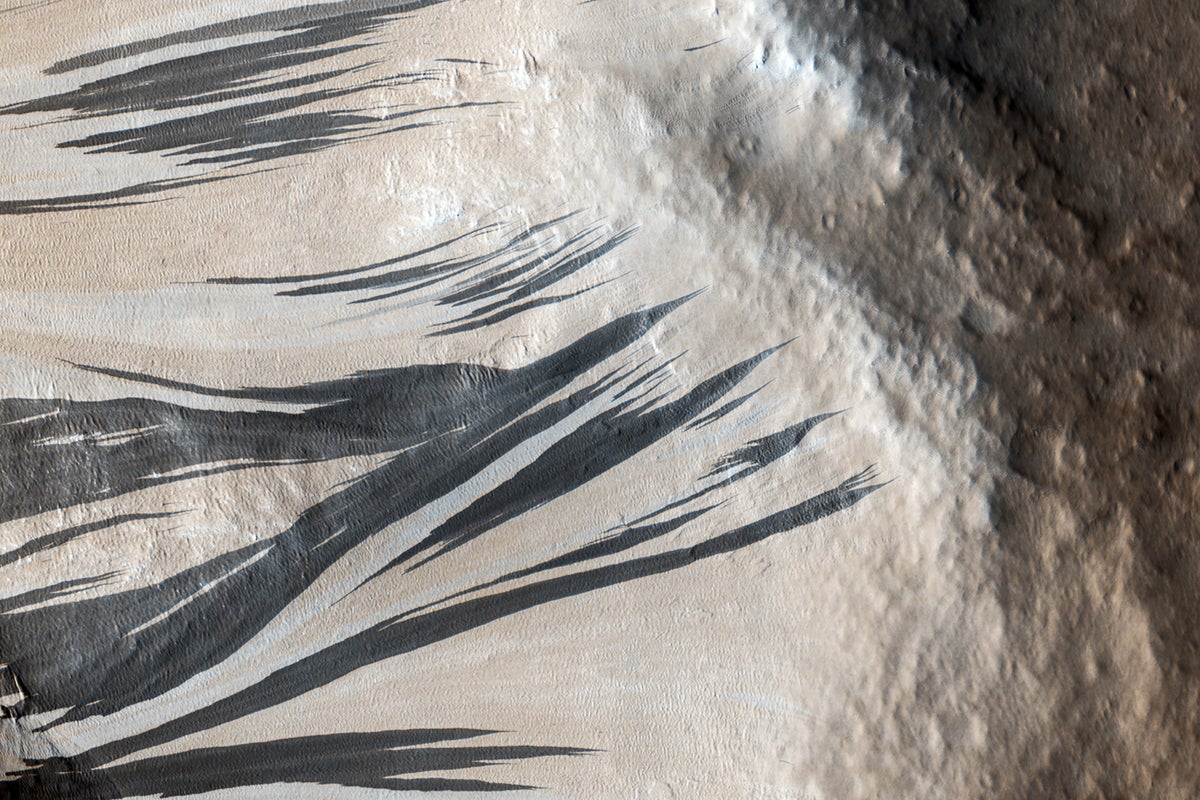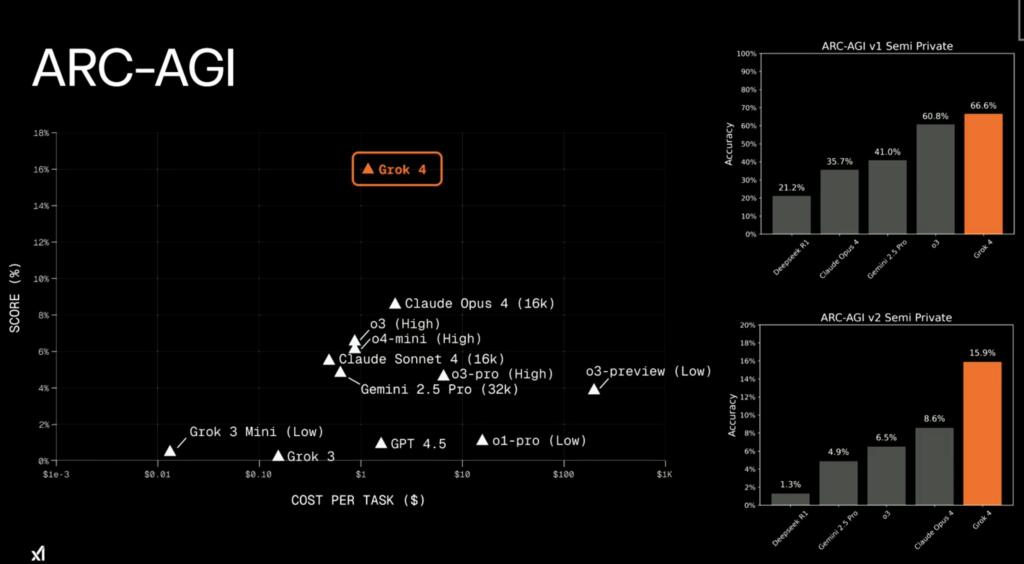Now Reading: Water on Mars Unlikely Behind Mysterious Surface Streaks
-
01
Water on Mars Unlikely Behind Mysterious Surface Streaks
Water on Mars Unlikely Behind Mysterious Surface Streaks

Swift Summary
- Scientists have long debated the presence of liquid water beneath Mars’ surface, focusing on slope streaks adn recurring slope lineae (RSLs), which resemble flow features.
- Recent research published in Nature Communications analyzed over 86,000 images from NASA’s Mars reconnaissance Orbiter using a machine-learning algorithm that identified approximately half a million streaks.
- The study suggests these streaks likely originate from disturbed dry dust rather than subsurface liquid water. Factors such as sunlight exposure, temperature fluctuations, and humidity levels show weak correlations with water-based activity.
- Strong correlations where found between streak formation and regions with high wind speeds or meaningful dust deposition. Nearby fresh craters often produce similar flows due to disturbed ground conditions.
- The findings indicate that sharp events like meteorite impacts or marsquakes may trigger dust movements down slopes. However, volcanic activity sites also showed some intriguing results requiring further inquiry.
Indian Opinion Analysis
This discovery adds clarity to the ongoing scientific debate about Mars’ geological processes by steering away from earlier hypotheses suggesting liquid water as the cause of certain formations on its surface. For India’s growing space exploration ambitions-especially ISRO’s efforts in planetary science-such findings emphasize the importance of revisiting assumptions about extraterrestrial environments when planning future missions.
Understanding dry processes on Mars could refine methodologies for studying Martian geology and help India develop targeted instruments for future interplanetary expeditions. Moreover, eliminating misleading signs of water allows researchers to better focus resources on more promising locations for life-detection experiments-potentially informing collaboration opportunities between ISRO and global space agencies.India can position itself at the forefront of these discoveries through sustained investment in artificial intelligence-driven tools like those applied here for image analysis-a valuable takeaway as space-faring nations increasingly venture deeper into our solar system.

























